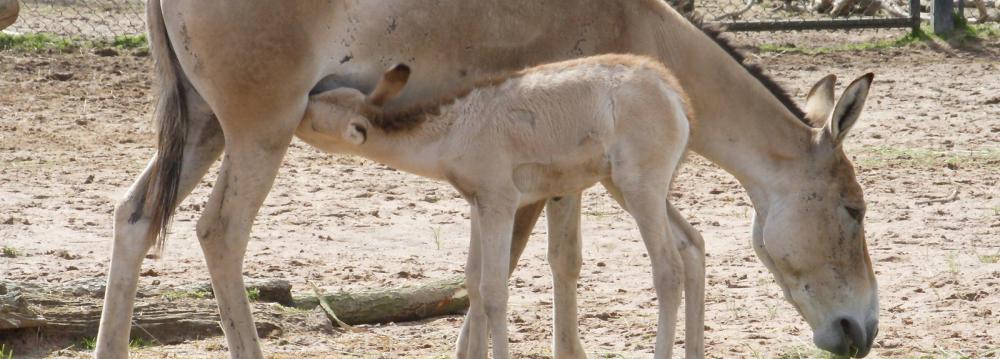The birth of a female Persian onager on Saturday at Panj Angosht preservation site in Abarkouh County, Yazd Province, increased the number of the rare mammal to 18 individuals in the site, head of the regional Department of Environment said.
"Counting the newly born foal and the ones expected by early summer, the number of births in the site will reach nine," Hasan Teymouri was quoted as saying by IRNA.
There are currently 18 Persian onagers kept at the camp, "which will hopefully go up if enough food stuff is supplied for the animal and the climatic condition is favorable, for the mammal is naturally able to breed once a year," Teymouri said.
Onagers' gestation period is about 12 months and the foals often mature after 48 months.
Over the past five decades, Abarkouh has been a major wildlife habitat, home to a slew of animals including zebra, gazelle and chinkara. But it has lost its popularity since a big number of the threatened species have vanished in the area.
There are plans to restore the region to its former glory by reviving and reintroducing the extinct animals, Teymouri added.
The Persian onager, also called Persian zebra, is an Iranian endemic species, which is listed as critically endangered by the International Union for Conservation of Nature Red List, as it is close to extinction. There are no more than 600 individuals left plus a few in the American Conservation Biology Institute.
They inhabit mountain steppes, semi-desert or desert plains. Their largest population is found in Touran National Park.
Currently, poaching for meat and hides, competition with livestock and drought are the greatest menaces to this species.


